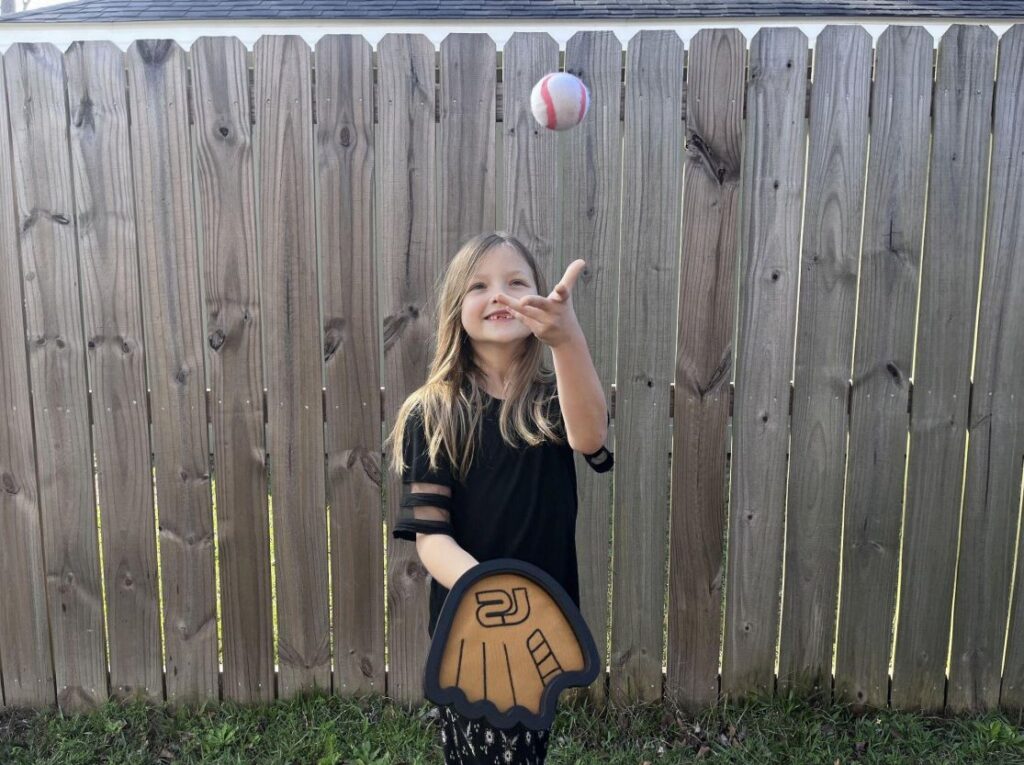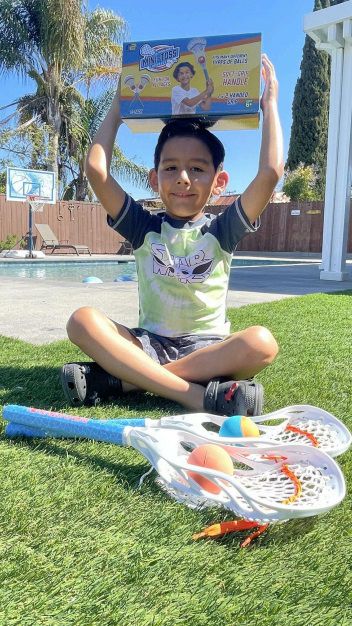In today’s digital age, smartphones, tablets, and endless streaming services often compete for kids’ attention. Many parents feel like they’re fighting an uphill battle to encourage screen-free play. The reality is that children today have fewer opportunities for unstructured, hands-on activities than previous generations.
One powerful solution? Creating a dedicated screen-free playroom—a space designed to inspire movement, creativity, and independent fun.
This isn’t simply about unplugging. It’s about giving kids the environment, tools, and freedom to develop physically, mentally, and socially through play. Whether you have a full room to dedicate or just a small corner, you can design a space that draws kids in and keeps them engaged.
Table of Contents
Step 1: Define the Purpose of the Space
Before setting up your playroom, decide what you want it to achieve. Some families focus on active, sports-style play. Others prefer a blend of movement and quieter activities such as building, drawing, or role play. The most successful spaces combine both, letting kids choose their activity based on their mood.
Pediatric occupational therapist Dr. Emily Harper explains:
“A balanced play space should include both opportunities for physical movement to develop gross motor skills and quiet, focused activities to build creativity and problem-solving abilities.”
Step 2: Choose the Right Toys

A successful screen-free playroom features toys that are interactive, durable, and versatile. Too much of one type can lead to boredom, so variety matters. Include items that encourage both active games and imaginative scenarios.
For example, the toy collection for 6 year olds offers toss-and-catch sets, gliders, and paddle-ball kits that can be enjoyed alone or with friends. These toys encourage skill development while keeping play sessions lively.
Look for multi-use items:
- A foam ball can be used in target tosses, obstacle courses, or a game of catch.
- A soft glider can spark a race, a distance challenge, or a cooperative team game.
This flexibility keeps kids coming back with new ideas.
Step 3: Make It Inviting
The look and feel of the space matter. Use colorful storage bins, display toys where they’re visible and within reach, and organize “zones” for different play styles:
- Movement Zone: Clear floor space, mini sports equipment
- Imagination Zone: Dress-up clothes, pretend kitchen, puppets
- Creative Zone: Art supplies, puzzles, building blocks
Good lighting is important, too. Natural light is ideal, but if that’s not possible, choose bright, warm lighting that feels inviting.
Step 4: Encourage Independent Play
Design your playroom so kids can lead their own play. Store toys in open bins or on low shelves for easy access. Rotate toys every few weeks to keep things fresh.
You can also add a “challenge board” with fun prompts:
- Build the tallest tower you can
- Invent a game using three different toys
- Create an obstacle course in under five minutes
This approach encourages creativity without constant adult direction.
Step 5: Include Space for Movement
Even an indoor playroom should offer physical activity opportunities. Add a mini basketball hoop, a balance beam, or a toss-and-catch area if space allows. Many soft sports toys are safe for indoor use, as long as there’s a clear zone for movement.
When the weather is nice, bring toys outside to extend the play space.
The American Academy of Pediatrics notes that outdoor play is critical for healthy development, offering benefits for both body and mind.

Step 6: Make It a Family Space
While independent play is important, occasional family participation enhances the experience. Include a table for board games, a reading nook, or a shared building project area. Kids are more likely to continue activities they’ve enjoyed with their parents.
Step 7: Keep Screens Out
A screen-free playroom works best when it’s truly free of digital devices. No TVs, no tablets, no gaming consoles—out of sight, out of mind. Without these distractions, kids naturally gravitate to hands-on play.
Quick Setup Checklist
- Pick a location (room, corner, or converted basement)
- Define zones for movement, creativity, and imagination
- Choose a variety of active and quiet toys
- Store items in accessible, kid-friendly ways
- Add challenge prompts for self-directed play
- Keep lighting bright and inviting
- Rotate toys regularly to maintain interest
Real-Life Example
The Ramirez family converted their unused dining room into a screen-free playroom for their 6-year-old daughter and 8-year-old son. They created one side for active games—mini soccer goal, gliders, toss-and-catch sets—and the other for art and pretend play.
Within a week, the kids were spending more than an hour daily in the playroom—without reminders.
“It’s the first time I’ve seen them make up their own games and stick with them,” their mom said.
Why It Works
A well-designed screen-free playroom offers:
- Creativity Boosts: Without preset digital rules, kids invent their own
- Better Focus: Hands-on activities improve concentration
- Physical Benefits: Movement enhances coordination and strength
- Happier Kids: Play releases endorphins, improving mood

The CDC Physical Activity Guidelines for Children recommend at least 60 minutes of active play daily. A dedicated play space helps meet that goal effortlessly.
Final Thoughts
A screen-free playroom doesn’t have to be expensive or complicated. With a bit of planning, you can create a space that inspires movement, creativity, and independence every day.
By stocking it with versatile, engaging toys, you give kids the freedom to play the way childhood was meant to be—active, imaginative, and full of discovery.













